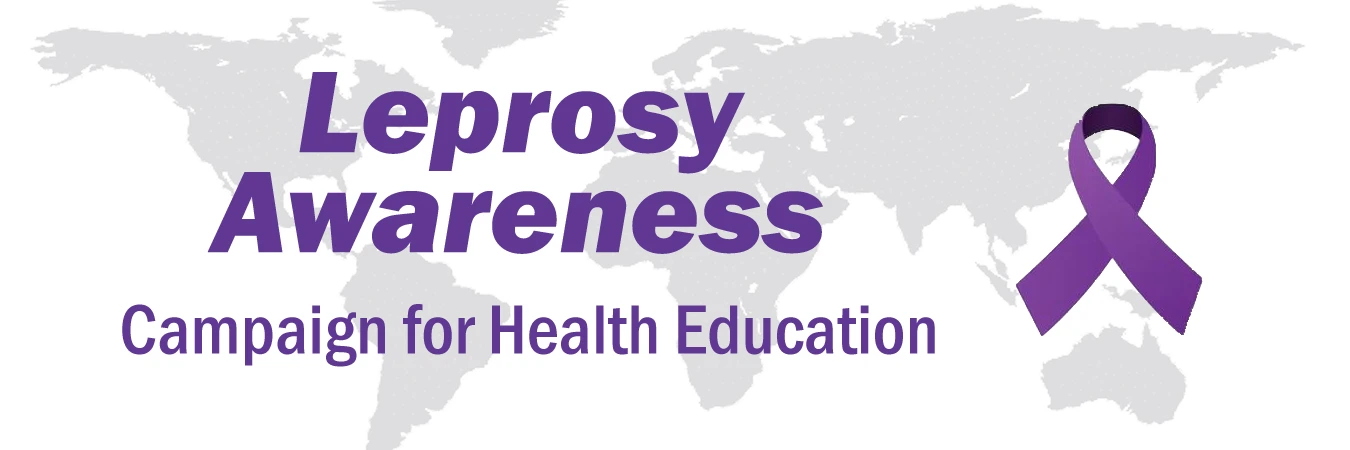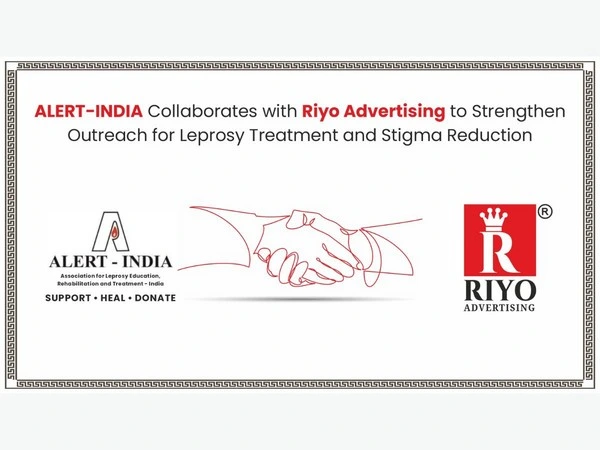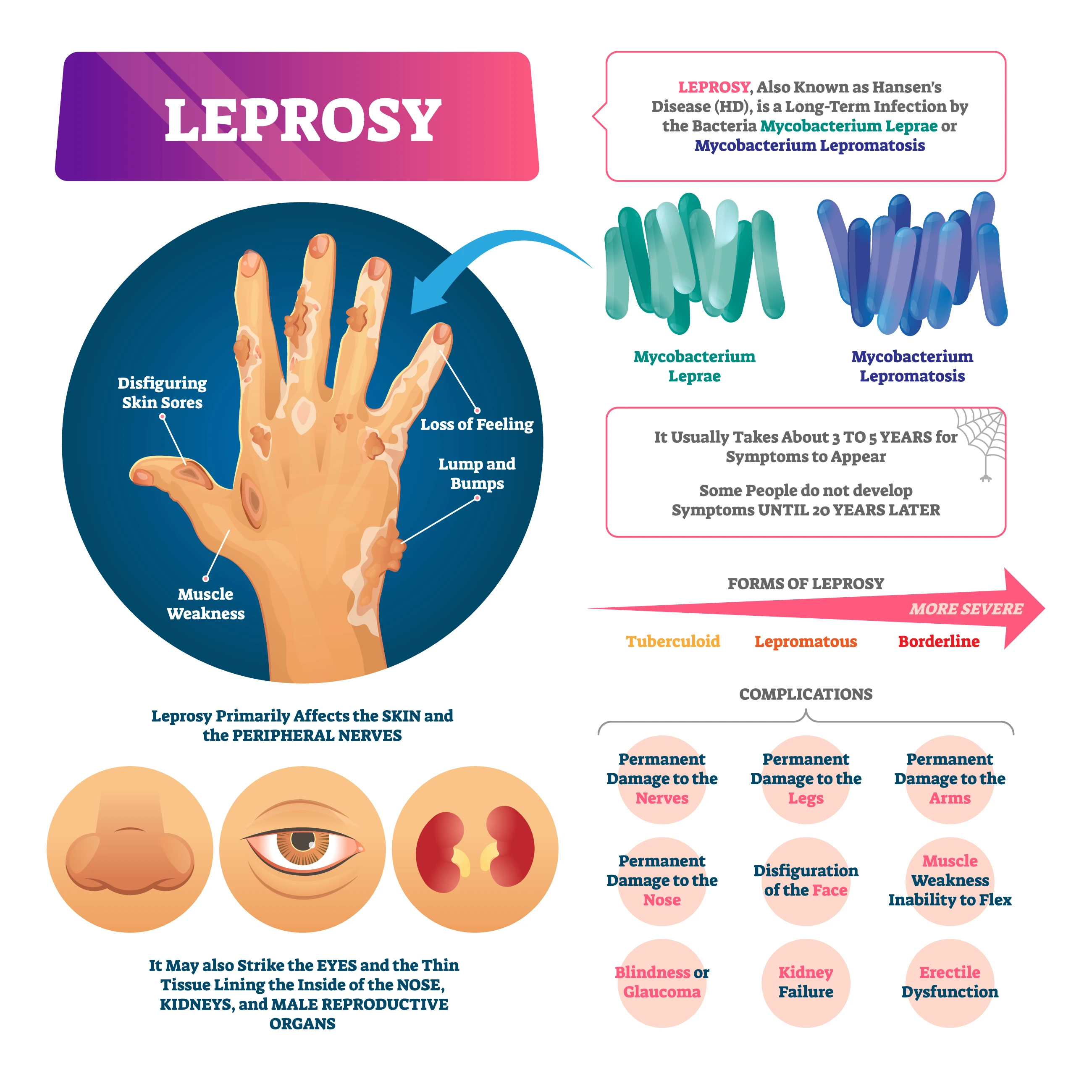
Leprosy In India – The Importance of Spreading Awareness And Providing The Right Support and Cure.
Leprosy, the dreaded condition, has been pestering humans for decades. Even in today's advanced world, it remains one of the most lethal illnesses around. In India alone, thousands of people are especially affected by this disease. Most people are not aware that leprosy can be fully cured by following the right method of healing.
Leprosy can cured completely, but the chances of a 100 percent cure are greater if the disease is detected early. If untreated for long, it can cause severe deformities in many people. Leprosy is associated with deformity because the condition affects the skin and nerves apart from the mucous membranes.
In India, leprosy remains at a considerably high percentage among cases, earning it the accolade of becoming the epicenter of leprosy due to the number of people afflicted with the condition. However, from statistics, patient reporting of this condition has continuously decreased because people are making efforts to contain the disease and treatment at all other levels.
However, there have been miseries of this disease in misunderstandings and social rejections. That's one key reason why many cases are not receiving timely treatment. There is a great need for the improvement of public awareness on the misconceptions and myths about leprosy. The point that it is fully curable must be propagated vigorously.
As the stigma associated with leprosy is diluted, it will bring about much-needed early detection. The Indian Government, NGOs, and local communities are already on the road, spreading the word about leprosy and its curable status.
Key Statistics of Leprosy in India
Prevalence Rate: The occurrence rate of the disease at the national level has considerably declined from 0.69 per 10,000 in 2014-15 to 0.45 per 10,000 in 2021-22 (source: pib.gov).
New Case Detection: The new case detection rate per year declined from 9.73 per 100,000 in 2014-15 to 5.52 per 100,000 in 2021-22 (source: pib.gov).
However, the data above paint a picture of leprosy that is very different. This disease still remains highly widespread among society's weaker sections, especially those living in compactly occupied areas where even basic healthcare is at a premium.
Leprosy, if not treated, affects the skin, peripheral nerves, and mucous membranes in a major way, causing substantive distortions and infirmities. The Government of India had set a leprosy elimination target of 2027 in NLEP, with Nikusth 2.0 assisting more potent case administration.
Public Awareness and Stigma Regarding Leprosy
Leprosy patients suffer major shame because of myths about its communicability. However, though curable with MDT, it is still perceived as a highly communicable disease. Patients are socially ostracized and discriminated against in India. The education of people about the facts concerning leprosy is the best antidote to overcome such myths and drive home the idea that leprosy is curable and controllable. Early diagnosis is essential.
Important Government and NGO Movements:
Indian governments have undertaken a variety of awareness campaigns regarding the disease of leprosy. It has coordinated its efforts with international agencies and NGOs in order to create a proper understanding in the minds of people and dispel the stigma around the patients' sufferings. The NSP for Leprosy for 2023-27 comprises eliminating transmission, ensuring early diagnosis, and making society rehabilitate the affected person by leprosy.

The Leprosy Mission India (TLMI) is one of the most important organizations. It actively engages with communities affected by leprosy and provides free MDT, recuperation, and vocational training for helping those to reintegrate fully into mainstream society. The most effective initiative by TLMI was the mobile health clinics, which reached even the remotest corners where healthcare facilities were conspicuous by their absence.
The disgrace associated with leprosy affects the body and the soul. Muted grief due to endless rejection experiences and quarantine is prevalent in most places. This stigma prevents patients from accessing treatment freely. It also puts a block on the road to recovery.
Riyo Advertising and ALERT-INDIA Launch Video Campaign to Fight Leprosy Stigma
In December 2024, Riyo Advertising and ALERT-INDIA launched a groundbreaking video operation to challenge the humiliation encompassing leprosy in India. Despite being fully curable, leprosy remains underdiagnosed due to a lack of knowledge and constant humiliation. The movement centers on enlightening the community about early signs of leprosy, such as numbness and skin changes, and encouraging people to seek timely medical help.
Riyo Advertising utilizes its deep media presence to spread this important message across print, digital, and grassroots platforms. In 1978, ALERT-INDIA has led leprosy care, delivering free medical services to over 90,000 individuals in Maharashtra and Chhattisgarh. This collaborative effort aims to break barriers, reduce stigma, and promote early detection, ultimately improving public perception of the disease.
Government Initiatives and NGO's Role in Leprosy Education
Government Programs on Leprosy Education:
- National Leprosy Eradication Program (NLEP):
Launched in 1983, the NLEP is working to minimize the incidence of leprosy to less than one case per 10,000. The program offers free MDT, aims for early case detection, and offers community-based convalescence to ensure the affected is welcomed back into the mainstream.
- Leprosy Case Detection Campaign (LCDC):
This campaign, launched in 2016, targets rural places and does house-to-house inspections to identify and handle leprosy incidents.
- Rehabilitation Programs:
These programs provide skills teaching, trade support, and understanding of legal rights for the affected people. However, challenges persist, including limited healthcare access in rural areas and gaps in awareness that hinder timely diagnosis and treatment.
Role of NGOs in Leprosy Awareness and Support:
- The Leprosy Mission India (TLMI) offers free MDT, reintegration, and occupational teaching for people affected by leprosy. The goal is to reestablish them. TLMI also runs operations to alert people against stigma and helps patients deal with it.
- No NLR India: Provides management, recovery, and emotional help to eradicate disgrace through encouragement and public education.
- Sightsavers India works to prevent infirmities in leprosy patients, particularly concentrating on eye care. They teach the masses about early diagnosis.
- Leprosy Mission Trust: Helps treat patients, offering surgical services and psychosocial support.
Challenges Confronting NGOs
Sustainability & Funding: Most NGOs have to depend on outside support, which makes the long-term sustainability of a program indefinite.
Community Resistance: The stigma and struggle to tolerate people affected by leprosy is deep-seated. Ongoing awareness programs and community engagement are needed.
Legal Barriers: Prejudiced laws constrain access to better prospects for people affected by leprosy. Their reintegration into society is affected by these laws.
Success Story: The National Leprosy Eradication Program (NLEP)
Since its launch in 1983, NLEP has been at the core of India's fight against leprosy. NLEP aims to eradicate leprosy by decreasing its occurrence to below one case per 10,000 population.
NLEP Achievement Features
Decline in Prevalence: The incidence of leprosy has dropped severely, from 57 cases per 10,000 in the 1980s to less than 0.5 cases per 10,000 today.
Free Treatment: NLEP offers free MDT. Permanent infirmities can be avoided by timely treatment.
Improved Detection: Active investigation and outreach have resulted in a vast improvement in case detection. This has helped reduce transmission.
Social Rehabilitation: NLEP has integrated the affected individuals into mainstream society through vocational training and social rehabilitation.

While reaching remote areas is challenging, NLEP strives to remove leprosy and its stigma.
Leprosy is no longer the deadly, isolating malady it used to be. Monumental headway in lowering the number of learning instances is largely due to the tireless efforts of the Indian administration, NGOs, and society. Despite early detection and care, the myths and stigma still present hurdles. With enough awareness, education, and support, India aims to eradicate leprosy and guarantee that the afflicted will not further suffer from fear, stigma, or isolation.
Though the fight is a long way from over, every advance takes us closer to a future where leprosy is not a source of trepidation.
Select Your Ad Category In the Newspaper Where Your Notice Advertisement will be Published
- The Times of India
- Mumbai Mirror
- Pune Mirror
- Bangalore Mirror
- The Hitavada
- Assign Abroad Times
- Ahmedabad Mirror
- The Indian Express
- Midday
- O Herald O
- Navhind Times
- Hindustan Times
- Freepress Journal
- The Hindu
- Deccan Chronicle
- Bombay Times
- Deccan Herald
- New Indian Express
- The Telegraph
- The Statesman
- Lokmat Times
- North East Times
- Meghalaya Guardian
- The Goan Everyday
- The Tribune
- Daily Excelsior
- Greater Kashmir
- The Assam Tribune
- Kashmir Times
- Maharashtra Times
- Loksatta
- Lokmat
- Sakal
- Punyanagari
- Navakal
- Saamna
- Pudhari
- Tarun Bharat
- Navshakti
- Aapla Vartahar
- Divya Marathi
- Ratnagiri Times
- Aapla Mahanagar
- Sandhyanand
- Deshonnati
- Samrat
- Mumbai Lakshdweep
- Lok Patra
- Navprabha
- Prahar
- Dainik Yashwant
- Daily Sagar (Ratnagiri)
- Mumbai Choufer
- Gavkari
- Agrowon (Pune)
- Goan Varta
- Navbharat Times
- Yashobhoomi
- Hamara Mahanagar
- Jansatta
- Dainik Jagran
- Dainik Bhaskar
- Rajasthan Patrika
- Punjab Kesari
- Dophar Ka Saamna
- Amar Ujala
- Mahakoshal
- Hindustan
- Navbharat
- Dainik Tribune
- Nai Duniya
- Manav Jagat
- Rashtriya Sahara
- Bharat Tender News
- Parivartan Bharati
- Tarun Chhattisgarh
- Pratah Kamal
- Dainik Lokmat
- Dainik Hawk
- Agniban
- Divya Himachal
- Purvanchal Prahari
- Daily Hindi Milap
- Sandhya Times
- Dainik Savera
- Vijay Karnataka
- Prajavani
- Malayala Manorama
- Mathrubhumi
- Vaartha
- Dinakaran
- Dharitri
- Sambad
- Punjabi Jagran
- Urdu Times
- Munsif Daily
- Inquilab
- Roznama Rashtriya Sahara
- Anandabazar Patrika
- The Odisha Bhaskar
- Kanada Jana Antaranga
- Sakshi
- Andhra Jyothi
- Samayik Prasanga
- Rupang (Khasi)
- Sangrila Times (Nepali)
- Syandan Patrika
- Amar Asom (Assamese)
- Andhra Bhoomi
- Samyukta Karnataka
- The Siasat Daily
- Eenadu
- Andhra Prabha
- Dainik Sambad
- Asomiya Pratidin
- Uttar Banga Sambad
- Vanglaini
- Himali Bela
- Udayavani
- Mangalam
- Jagbani
- Surya
- Kannada Prabha
- Economic Times
- Business Standard
- The Financial Express
- Financial Chronicle
- Bandra-Borivali Plus
- Thane Plus
- Navi Mumbai Plus
- Ghatkopar-Chembur Plus
- Dombivali-Kalyan Plus
- Mulund-Powai Plus
- Gujarat Samachar
- Sandesh
- Mumbai Samachar
- Karnavati Express
- Nav Gujarat Samay
- Janmabhoomi
- Akila
- Sanj Samachar
- Aaj Kaal
Smita Patil
Riyo Advertising managed to publish our Company's Classified Ad in Maharashtra Times and in Global Times. Honestly, we got a good response from the public. They have published our ad in an attractive way and it was reasonably charged too.
Poonam Kalyani
Riyo Advertising gave us the best out of best information. We are into Education Industry. They gave us wide idea about Advertising in Education Category of various Newspaper Publications.We will prefer and recommend them for mass advertisements.
Nikita Rajkhare
The experience of booking and analyzing advertisement online was fantastic. "Your service is the best" I was in a very urgent need to do this and had very little time to spare, and your service saved me. Thank you
Rodgrigues Fernandis
Riyo is an awesome promotional Advertising agency in Mumbai. They are really cool people, great creative work and are helping us in Advertising our Education Institution. We are about to launch it in the next month and we are happy with their assistance.
Ashok Shah
Riyo Advertising bring to the table the thinking and discipline of TV Advertising. We are in tie up with them for publishing our commercial Ad's in all Local TV Channels. Good service to be appreciated.
Abhishek Mulchandani
Paying Riyo Advertising is really worthy. In Mumbai Mirror, we have published our Classified Ad via them and it was a perfect service. We got a good response and we are contented.
Kirti Mane
Honestly speaking we are attracted by the discussion with Riyo Advertising. We are having our conversation with them for our Media Ad in Mumbai and Pune.
Aakansha Bansal
Attractive service from Riyo Advertising. For our Official Classified Ad, we published an Advertisement in Times of India and Mumbai Samachar. We are satisfied with their catchy idea and with their charges.
Karthik Balakrishnan
I am really very pleased with the work of Riyo Guys.they are very professional and experienced people. I wanted to do a Press ad, the ad is under development, their approach has been very detailed, costing quite good and the ad is attractive..Very Happy!!!
Suhash Ajmera
Thanks for taking your time on our project. It was good advice to slow down and get it right. The extra time we needed just like you said they would, and the end result is a better advertisement and a better strategy. Thank you very much for slowing things down.
Shaukat Shaikh
We got a good and innovative response from Riyo. We had published Recruitment ad in Time of India. They are very creative, young chaps and designed our Official Ad. Felt highly reasonable with their charges and their service is highly recommended
Kavya Shukla
True professionals from Riyo Advertising they had listened to what we wanted and produced more I had got details about media Advertising they are very responsive and quick getting the details and procedure we needed. Good job from them
Rahul Srinivasan
I released an ad for Renting out my flat. The facility of knowing the cost as and when we type the ad, is a useful feature. I was able to try out different phrases and was able to keep the cost within my budget.
Kailash Junjunwala( Siddhi vinayak Classes )
I had booked my Education institute ad in Mirror.Thank you for everything, the response I got was amazing. Appreciate the support. Keep up the good work.




